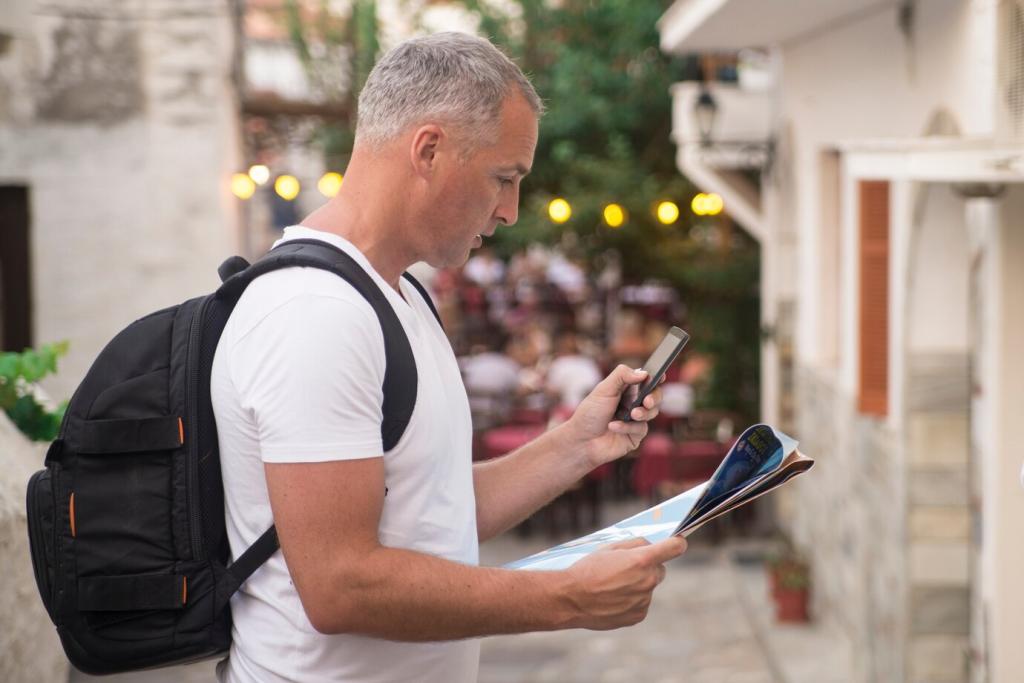Tools for Teaching Cultural Sensitivity to Guides
Today’s chosen theme: Tools for Teaching Cultural Sensitivity to Guides. Welcome to a practical, human-centered space where trainers and guides sharpen empathy, deepen knowledge, and turn respectful storytelling into everyday guiding practice.

Why Cultural Sensitivity Training Matters
Trust and Safety on Every Tour
Trust begins the moment a guide chooses careful language. Aisha in Marrakech once paused rather than guess a guest’s background, then asked open questions. That tiny choice set a respectful tone. Share your trust-building moments below.
Reducing Harmful Stereotypes
Training helps guides replace catchy myths with textured truths. One workshop exercise maps “what we think we know” against community-verified facts, uncovering bias gently. Encourage your cohort to add examples, and subscribe for a worksheet template.
Measurable Outcomes for Operators
Sensitivity training improves guest understanding, reduces incidents, and strengthens partnerships with local stakeholders. Track changes using concise incident logs and reflection notes. If you want our simple tracker, comment “tracker” and we’ll send the prompts.

Story-First Teaching: Case Studies and Narratives
01
Marco in Cusco misnamed a local festival, then publicly thanked an elder for the correction and shared the festival’s deeper meaning. That humility turned embarrassment into shared learning. Invite trainees to contribute similar stories anonymously.
02
Invite artisans, elders, and youth advocates to co-teach. When visitors hear why a song cannot be recorded, rules feel principled rather than restrictive. Ask your network which community voices should join the next session and why.
03
After every story, debrief with three questions: who benefits, who is harmed, and what consent looks like here. Capture insights in a reflection journal. Encourage guides to post one takeaway below and subscribe for prompt cards.
Interactive Methods: Role-Play, Simulation, and VR
Design scenes based on actual dilemmas: an insensitive joke, an intrusive photo, or a rushed ritual explanation. Provide roles, feelings, and goals. Rotate observers to give feedback. Share your best scenario setup so we can feature it.
Interactive Methods: Role-Play, Simulation, and VR
Use VR to model sacred spaces with clear do’s and don’ts, including where guides should pause, lower voices, or remove headwear. Pair immersion with community-approved narration. Comment if your team needs a starter storyboard outline.


Practical Toolkits: Checklists, Glossaries, and Cue Cards
Create a simple pre-tour checklist: sensitive sites, photo policies, sacred times, community events, and attire notes. Reviewing this list reduces preventable friction. Want a customizable template? Drop a comment with “checklist” to get it.
Maintain a living glossary for respectful terms, correct place names, and phrases to avoid. Include pronunciation notes. Invite local partners to co-edit quarterly. Share one term you’ve updated recently and why it matters for guests.
Provide cue cards with gentle phrasing: request consent, decline inappropriate behavior, redirect curiosity kindly. Practicing these lines reduces stress in the moment. Subscribe for printable cards in multiple scenarios and share your favorite line.
Frameworks and Evidence: Research-Informed Approaches
Using the DMIS to Map Growth
The Developmental Model of Intercultural Sensitivity helps trainers recognize stages from denial to integration. Calibrate activities to each stage, so guides progress without overwhelm. Comment if you’d like a quick stage-to-activity matching guide.
Trauma-Informed Guiding Principles
Sensitive sites may hold collective grief. Teach principles like choice, safety, and collaboration. Offer alternatives for guests who opt out. Encourage guides to practice grounding techniques. Share which principle you emphasize most and why.
Measuring Change with Pre/Post Surveys
Use pre and post surveys tracking knowledge, confidence, and behavior. Pair numbers with narrative reflections for depth. Over time you’ll visualize genuine growth. Subscribe to receive sample items and a simple scoring spreadsheet.
Partnering with Local Communities
Compensation and Consent
Build agreements that include fair pay for cultural labor, clear consent for stories, and the right to retract. Transparency builds durable trust. Tell us how you structure compensation, and we’ll compile community-informed best practices.
Co-Design Workshops
Host short workshops where guides and community members design scenarios and language together. Document decisions and credit contributors. This shared authorship keeps materials accurate. Comment to request our facilitation agenda and note template.
Feedback Circles After Tours
Invite hosts to share post-tour observations: what felt respectful, what missed the mark, and what resources would help. Close the loop with changes. Subscribe if you’d like our feedback script and follow-up email template.
Sustaining Learning: Microlearning and Continuous Practice
Weekly Micro-Challenges
Set tiny goals: learn one new place-name pronunciation, refresh a respectful greeting, or update one fact card. Celebrate progress publicly. Share a micro-challenge your team will try next week to inspire fellow readers.
Peer Mentoring and Shadowing
Pair seasoned guides with newer colleagues for shadow tours focusing on language and consent checks. Debrief briefly after each shift. If you want a one-page shadowing guide, subscribe and comment “mentor” to receive it.
Reflective Journaling with Prompts
Encourage a five-minute journal habit: note wins, tensions, and a plan for tomorrow. Prompts keep it focused and gentle. Ask below for our printable prompt wheel, and share one reflection that shaped your approach this month.



